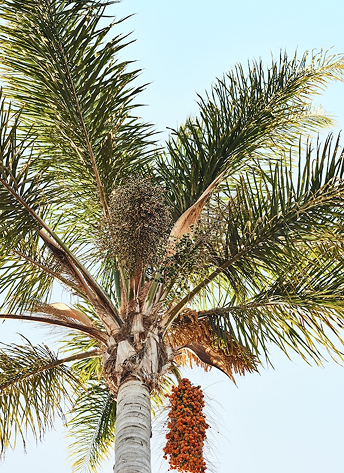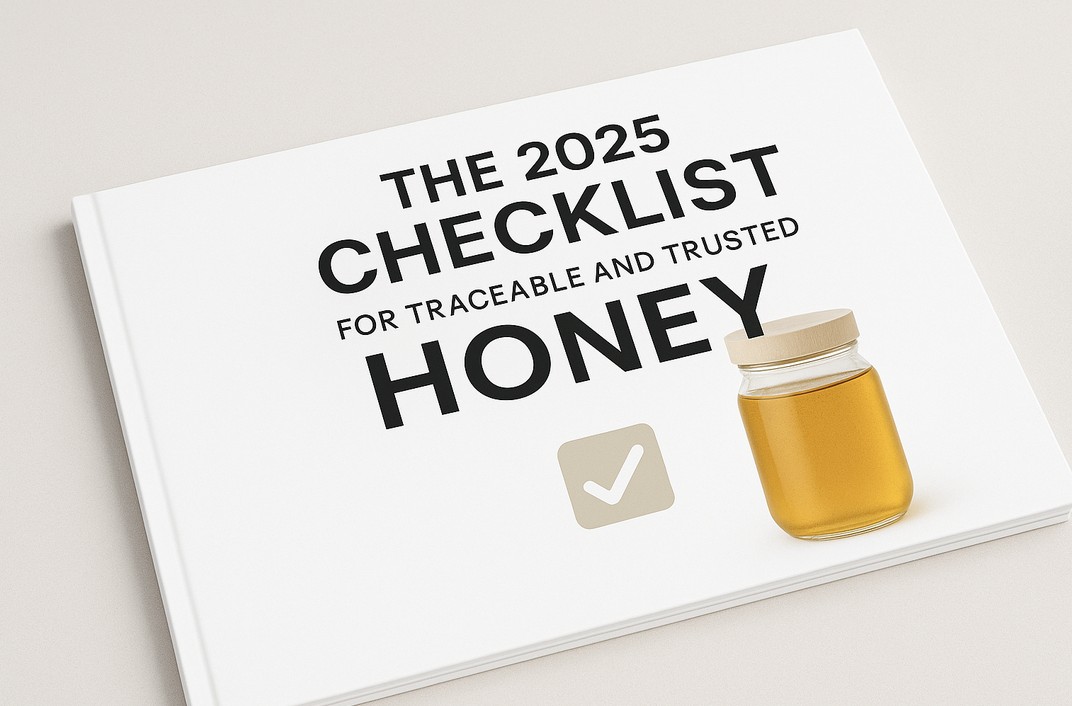A Closer Look
Palm Oil Overview




Palm Oil
Behind the Label: What Palm Oil Really Tells Us
Palm oil is found in nearly 50% of packaged products — from cookies and shampoo to lipstick and detergent. It’s one of the most efficient oil crops on earth, but also one of the most controversial. The $65+ billion palm oil industry has long faced criticism over deforestation, human rights abuses, and opaque supply chains (WWF, 2023).
The Problem: Deforestation, Land Conflicts, and Blind Spots
Palm oil expansion has been linked to widespread deforestation in Indonesia, Malaysia, and West Africa, threatening endangered species and carbon-rich ecosystems. According to a Global Forest Watch study, over 7 million hectares of forest were lost to palm oil plantations between 2001 and 2021 (GFW, 2022).
The industry also faces growing scrutiny over:
Land grabs and indigenous rights violations
Labor exploitation in plantations and mills
Lack of visibility across complex, multi-tiered supply chains
With the EU Deforestation Regulation (EUDR) and import restrictions tightening, proving clean sourcing is no longer optional — it’s required.

The Cost: Compliance Pressure and Market Access Risk
Without traceability, palm oil exporters and buyers face:
Ineligibility for EU and US markets
Loss of certifications (e.g., RSPO)
Backlash from consumers and investors
A 2021 Chain Reaction Research report found that over 20% of major palm oil refiners had traceability coverage below 80%, leaving them vulnerable to compliance risks (CRR, 2021).
Meanwhile, smallholder farmers — who produce over 40% of global palm oil — are often excluded from high-value markets due to lack of digital tools.

The Opportunity: Traceability for Inclusion and Impact
With traceability systems in place, palm oil producers and processors can:
Map plantation boundaries and land use history
Prove compliance with zero-deforestation and EUDR standards
Link supply batches to verified farmer groups and collection points
As Baskaran Nadarajah, a palm oil sustainability consultant, says: “You can’t clean up the supply chain unless you can see it.”

What We’re Doing About It
Palmyra is working with mill operators, aggregators, and farmer cooperatives across Southeast Asia and West Africa to implement transparent, EUDR-aligned traceability tools for palm oil.
Our platform helps:
Digitize smallholder land registration and farm-level data
Track palm fruit bunches from harvest to mill
Automate reporting and compliance workflows for exporters and brands
This empowers every actor in the chain — from village farmers to global retailers — with the proof they need to trade confidently and ethically.
“Before Palmyra, we didn’t know where our fruit was going. Now we know — and so do the buyers.”
— Adama Doumbia, Palm oil grower, Côte d’Ivoire

Traceability Isn’t About Tech — It’s About Transparency
Palm oil isn’t going away. But how it’s produced — and proven — is what defines its future.
The 2025 Checklist for Traceable and Trusted Cocoa


Daniel Friedman
Founder and CEO Palmyra®
From Olive Groves to Blockchain:
Greek Olive Oil Tokenization

Main Regions
Nigeria
Boki, Nigeria
Focus Areas
Traceability
Tokenization
Solutions
Palmyra Pro
Palmyra App
MOUs Signed
Municipality of Rhodes
Municipality of Messini